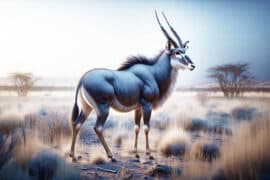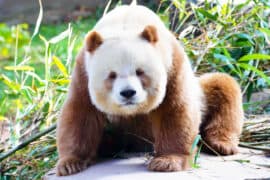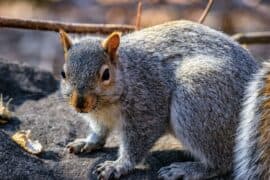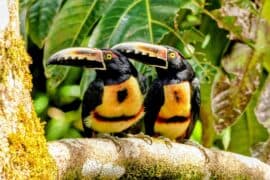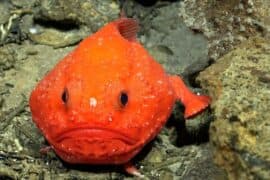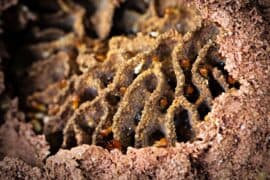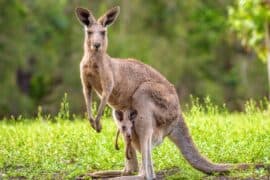Yellow-banded poison dart frog
(Dendrobates leucomelas)
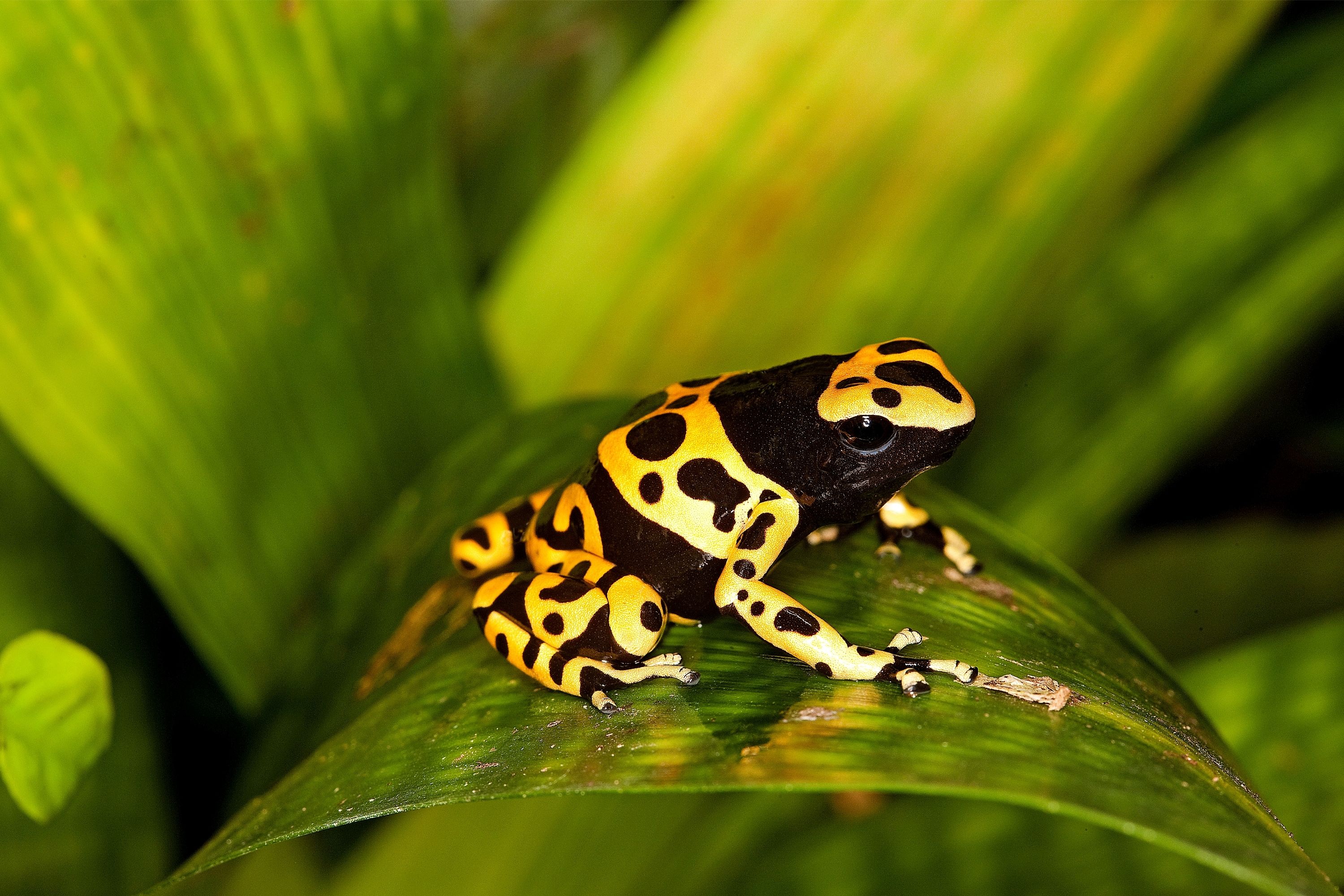
Description
The yellow-banded poison dart frog (Dendrobates leucomelas), also known as yellow-headed poison dart frog or bumblebee poison frog, is a poisonous frog from the genus Dendrobates of the family Dendrobatidae. Dendrobates leucomelas is found in the northern part of continent of South America, most notably in Venezuela. It is also found in parts of Guyana, Brazil, and the extreme easternmost part of Colombia. This amphibian is normally found in very humid conditions in tropical rain forests, close to fresh water. It is often found on flat rocks, trees, plants (notably bromeliads), and the leaf litter of the forest floor. During the dry season, specimens are known to congregate in damper places, such as under rocks or fallen tree trunks. The D. leucomelas' natural habitat is tropical, and not subject to great seasonal temperature variations. Typically, temperature variances are related to elevation and time of day, and range from the low 20s to the low 30s °C. In captivity, care must be taken not to overheat the frogs, as they can be sensitive to higher temperatures. Although preferring high humidity levels, this species can handle lower humidity levels much better than other species in the genus. Specimens can also be found in the seasonally drier forest islands in its natural range, and at elevations ranging from sea level to 800 metres AMSL. Dendrobates leucomelas is one of the largest species in the genus Dendrobates, with a snout-to-vent length between 3.1 and 5 cm (1.2 and 2.0 in). Average adult size, however, rarely exceeds 4 cm (1.6 in). Their average weight is reported as being around 3 g (0.11 oz). Females tend to be slightly larger than the males, but otherwise, little in their appearance can be used to determine the sex of the species. Like most poison dart frogs, the yellow-banded poison dart frog has evolved aposematic colouration as a warning to potential predators that it will make an unpalatable or toxic meal. Predominantly, these frogs have a bright yellow colouration with varying numbers of broad black stripes and/or spots that extend over the whole body. Some morphs are orange in colour, and variations exist within the species (naturally occurring and not morphs solely within the exotic pet community) that dictate the extent of these markings ranging from fine spots to thick, unbroken banding.
Taxonomic tree:

